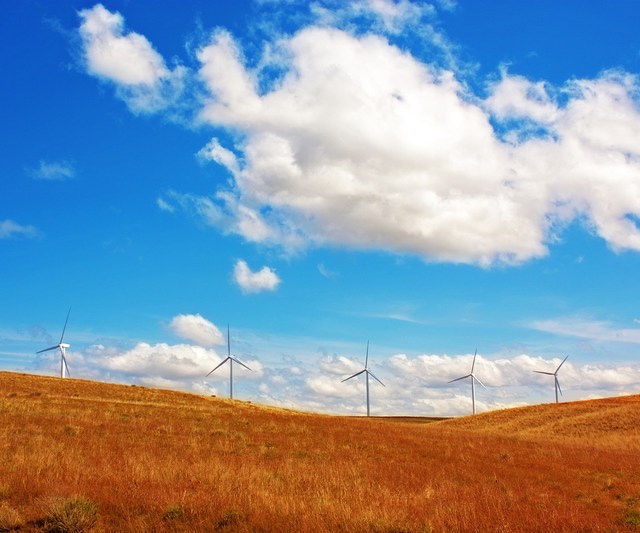Spirit AeroSystems to power Wichita facility with wind energy
The company’s 12.8 million-square-foot aerospace manufacturing facility will be converted to Kansas wind-generated electricity.

Source | Spirit AeroSystems
Spirit AeroSystems (Wichita, Kan., U.S.) announced on April 16 the company has been approved to completely convert its 12.8 million-square-foot Wichita aerospace manufacturing facility to wind-generated electricity starting this year.
According to Spirit, utility regulators at the Kansas Corp. Commission approved a 10-year agreement filed jointly by the company and Evergy Inc. that provides an updated electric rate structure. In return, Spirit has agreed to purchase Kansas wind-generated electricity, continue investing in capital improvements and make efforts to maintain stable or expanded operations in Wichita.
“Kansas is known for wind, and Spirit Wichita is known for building airplanes. The two will now be directly connected in a way that helps both the environment and our ability to compete,” says Ron Rab, Spirit AeroSystems senior vice president for operations and chief procurement officer. “This new agreement is important to Spirit because it helps maintain the company as a vibrant and growing contributor to the Kansas economy. The new electric rates we will be paying address price disadvantages for electric service Spirit has experienced in Kansas compared to our operations in other states.”
The Wichita site, which also serves as the company’s headquarters, produces large structural components, such as fuselages and engine nacelles for military and commercial aircraft.
Beginning in late 2020, Spirit's Wichita site will receive its electricity from the Flat Ridge 3 wind farm located near Kingman, Kan. The Flat Ridge 3 wind farm is expected to generate about 130 megawatts of power once the project is complete by the end of 2020.
Related Content
-
Materials & Processes: Fabrication methods
There are numerous methods for fabricating composite components. Selection of a method for a particular part, therefore, will depend on the materials, the part design and end-use or application. Here's a guide to selection.
-
Carbon fiber in pressure vessels for hydrogen
The emerging H2 economy drives tank development for aircraft, ships and gas transport.
-
Materials & Processes: Composites fibers and resins
Compared to legacy materials like steel, aluminum, iron and titanium, composites are still coming of age, and only just now are being better understood by design and manufacturing engineers. However, composites’ physical properties — combined with unbeatable light weight — make them undeniably attractive.

.jpg;width=70;height=70;mode=crop)














